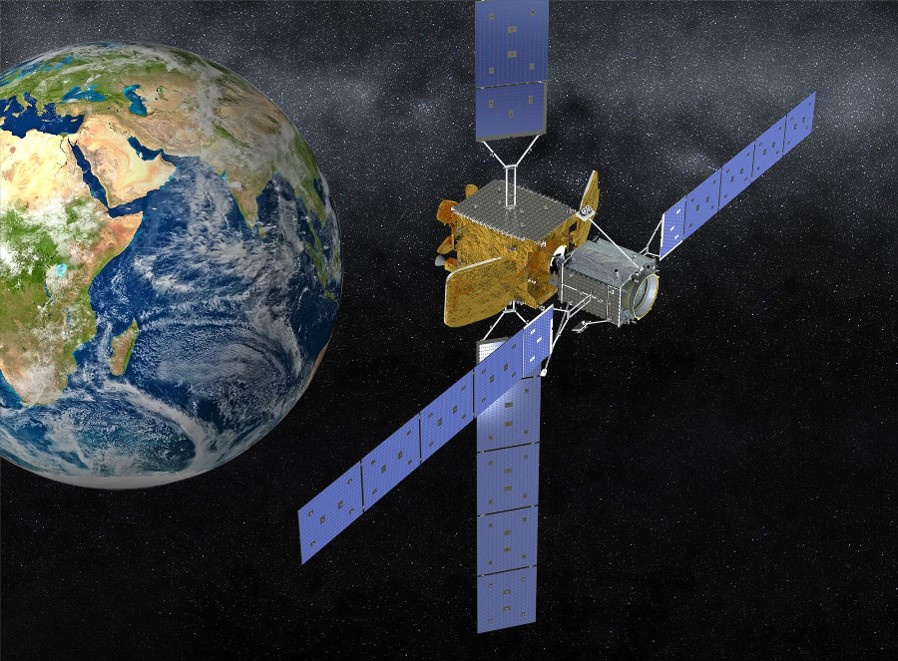On 7th and 8th September at Space-Comm Expo, we’ll be joining over 100 exhibitors from across the world at the Farnborough International Exhibition and Conference Centre.
Robert Hauge, President, SpaceLogistics LLC, a Northrop Grumman company will be talking about satellite life extension and resiliency in geostationary orbit at the event.
The Mission Extension Vehicle-1 (MEV-1), the industry’s first satellite life extension vehicle, completed its first docking to a client satellite, Intelsat IS-901 on February 25, 2020. MEV-2 launched August 15, 2020 with the Northrop Grumman-built Galaxy 30 satellite and docked with the Intelsat IS-1002 satellite on April 12, 2021.
MEV is designed to dock to geostationary satellites whose fuel is nearly depleted. Once connected to its client satellite, MEV uses its own thrusters and fuel supply to extend the satellite’s lifetime. When the customer no longer desires MEV’s service, the spacecraft will undock and move on to the next client satellite.
The proven successes of MEV-1 and 2 have paved the way for the next generation of satellite life extension and resiliency with the Mission Robotic Vehicle (MRV) and the Mission Extension Pods (MEP).
MRV will provide detailed robotic inspection, augmentation, relocation, repair, active debris removal, and docking with non-standard client spacecraft interfaces.
MEPs are a smaller and less expensive life extension service that only performs orbit control. The new pods augment the propulsion system of ageing satellites and provide six years of life extension. The Mission Robotic Vehicle will be used to install these pods on existing in-orbit commercial and government client satellites.

